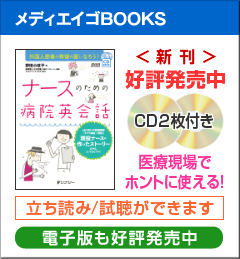

© Anne Becker
フィジーの村の家屋
家庭でテレビを消すだけでは,子供への悪影響は防げないようだ。若い女性がマスメディアの影響で痩せた体型を過剰に理想視するようになることが,拒食症などの摂食障害につながると言われる。伝統的に頑強な体型が理想とされるフィジーでは,1995年のテレビ放送開始以来,摂食障害が増えた。そのフィジーで思春期の女の子を対象に行われた研究では,本人や親のテレビ視聴は摂食障害に影響せず,友達やクラスメートの視聴が大きく影響していた。子供はテレビを無意識に見るが,その内容に対する友達の態度に敏感らしい。 (吉田素子)
Second-hand Television Exposure Linked to Eating Disorders
For parents wanting to reduce the negative influence of TV on their children, the first step is normally to switch off the television set.
But a new study suggests that might not be enough. It turns out indirect media exposure, i.e., having friends who watch a lot of TV, might be even more damaging to a teenager’s body image.
Researchers from Harvard Medical School’s Department of Global Health and Social Medicine examined the link between media consumption and eating disorders among adolescent girls in Fiji.
What they found was surprising. The study’s subjects did not even need to have a television at home to see raised risk levels of eating disorder symptoms.
In fact, by far the biggest factor for eating disorders was how many of a subject’s friends and schoolmates had access to TV. By contrast, researchers found that direct forms of exposure, like personal or parental viewing, did not have an independent impact, when factors like urban location, body shape and other influences were taken into account.
It appeared that changing attitudes within a group that had been exposed to television were a more powerful factor than actually watching the programs themselves. In fact, higher peer media exposure were linked to a 60 percent increase in a girl’s odds of having a high level of eating disorder symptoms, independently of her own viewing.
Lead author Anne Becker, vice chair of the Department of Global Health and Social Medicine at Harvard Medical School, said this was the first study to attempt to quantify the role of social networks in spreading the negative consequences of media consumption on eating disorders.
[単語和訳]
Second-hand:間接的 Exposure:曝露 Eating Disorders:摂食障害
switch off:~を消す
turns out:~ということが分かる indirect:間接的 media:マスメディアへの i.e.:すなわち damaging:有害である body image:身体イメージ
Researchers:研究者 Social Medicine:社会医学 media consumption:メディア消費 adolescent:思春期の Fiji:フィジー
subjects:被験者 risk:危険性 symptoms:症状
by far:群を抜いて(最上級をさらに強調) schoolmates:同じ学校の友達 had access to TV:テレビを見ることができた By contrast:一方 parental:親の viewing:視聴 urban location:都市部 body shape:体型 were taken into account:~が考慮に入れられた(ここでは解析で補正されたことを指す)
peer:仲間の odds:オッズ independently of:~とは無関係に
Lead author:筆頭著者 quantify:定量化する social networks:社会的ネットワーク negative consequences:否定的な影響


